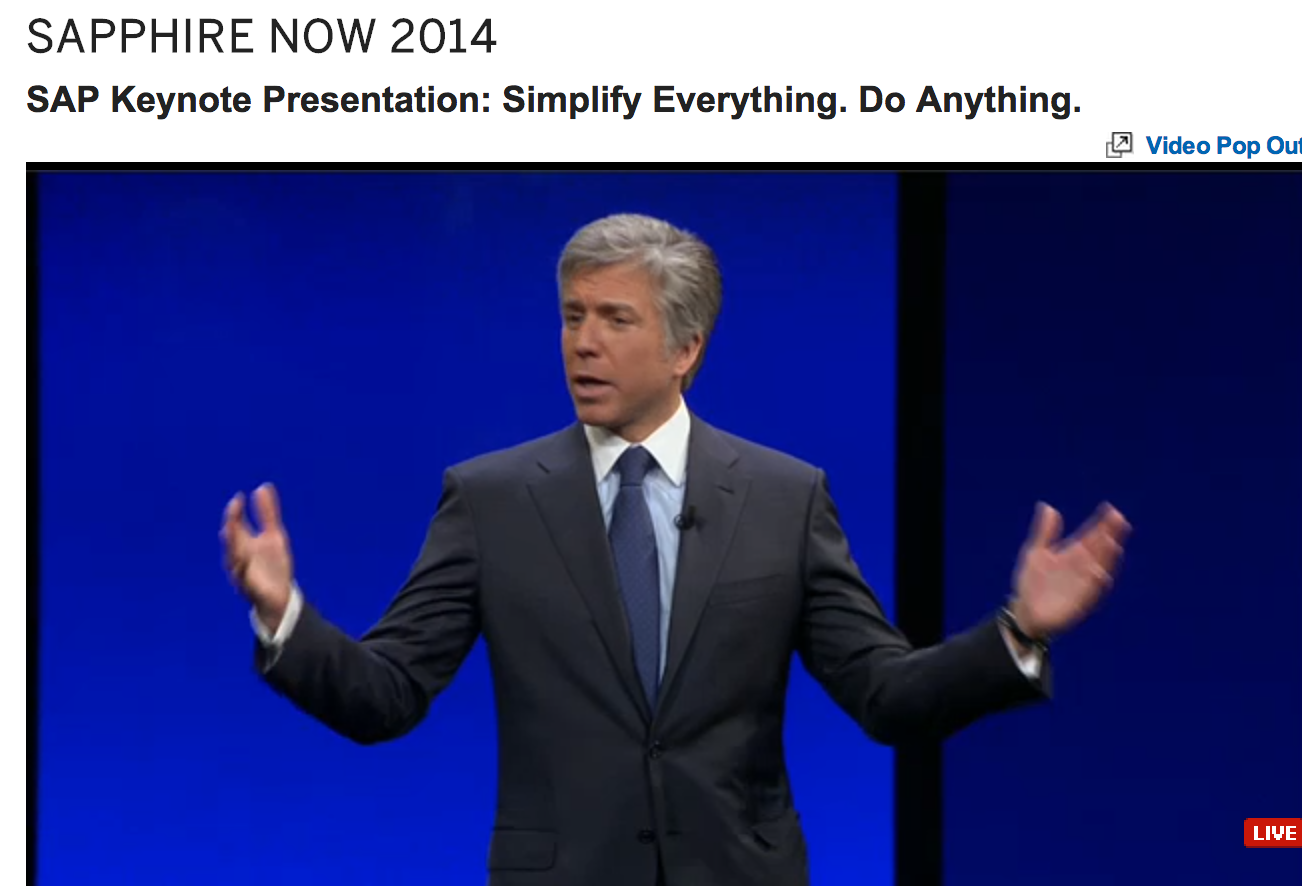Real life composites
The challenge
Create flexible and easy to adjust applications that re-use SAP CRM, SAP ISU and custom Java functionality. As very often in our IT world, these applications had to be delivered quickly in order to be used by the customers and partners of Luminus.
What we did
We implemented the SAP Enterprise Portal for the external website http://www.luminus.be/. Customers can access this site to get up to date information on Luminus products and services. Web content management is handled with a third-party solution: easyWCM from BTEXX.
In the registered part of the portal (customers only section) several applications are provided:
- MyConsumption: To enter meter readings and monitor your consumption
- BudgetMonitor: To monitor and adjust your budget billing amount
- CalculationTools: To calculate your optimal product on base of your consumption
- Create/Change Offers
- Create/Change Contracts
- Follow-up on marketing Campaigns
- Create/Update customer master data
 The flexibility in our solution is guaranteed with an implementation guided by the 5 Layer Architecture. Changes to one layer will not, or only very minimal, impact the other layers. Example: If you want to change the presentation layer, you only need to develop a new User Interface. The integration and application part is not affected. This is how we prepare for E-SOA.
The flexibility in our solution is guaranteed with an implementation guided by the 5 Layer Architecture. Changes to one layer will not, or only very minimal, impact the other layers. Example: If you want to change the presentation layer, you only need to develop a new User Interface. The integration and application part is not affected. This is how we prepare for E-SOA.The solution architecture plotted into the 5 Layers:

In this picture you can find the applications and their relation to the backend systems:
- e-services MyConsumption and BudgetMonitor are the green colored boxes
- CalculationTools are colored blue
- In yellow you can find the application for the call center agents
Application Architecture
The applications are built within the Composition Environment, previously known as the Composite Application Framework. The Web Dynpro for Java (WDJ) applications only contain presentation logic. Integration is managed in the CAF Service Layer and via this Integration Layer the WDJ apps can access backend functionality that is made available as web services.
SAP PI was not in scope (yet), in the future the CAF Service Layer can easily be replaced by SAP PI.
Advantages
- Very short time to market. Applications were delivered quickly as a lot of backend functionality was already available.
- Modeling in the Composition Environment. The framework provides a lot of models to realize the Web Dynpro presentation logic and wizards to create web services for backend functionality.
- The solution is built to be adapted. Functionality can be added easily or re-used for different user groups. In the past applications were built to last. Quite often that resulted in rebuilding the application when new requirements popped up.
Downsides
- Re-using backend functionality is only possible when it is available. OK that is a huge open door. What I mean is when custom made functionality is not built in order to be re-used you will encounter issues. For example application logic that is integrated with presentation logic. Hard to be re-used in a service oriented environment.
- The Composition Environment is not mature yet. We experienced a serious performance issue that could only be resolved with a CAF patch from SAP.
What’s next?
The Process Layer is not used yet. As more functionality is to be added, especially for the call center agents, Business Process Management will be implemented within the Process Layer. Calls and customer requests can be followed up upon process wise in stead of agent wise.
In the described solution a lot of custom made backend functionality is used. With the Enterprise Service Repository growing day-by-day, it might be interesting to start using enterprise services. Maintenance costs will surely decrease.
We experienced a very interesting project and the applications were delivered to customer satisfaction. Our pioneering work with the Composition Environment resulted in a world wide SAP E-SOA showcase. No need to say that the project team is very proud on that.



Comments